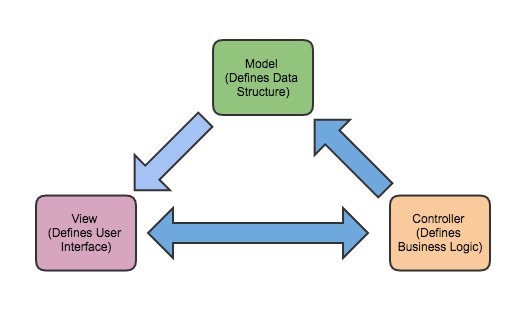Create Modern Web Applications
Web applications have evolved to implement many coordinated user functions and tasks traditionally associated with desktop software (for example, Google Docs and Microsoft Office).
In addition, modern browsers have built-in support for open-source standards such as JavaScript, HTML5, and Cascading Style Sheets (CSS) that reduce the dependency on proprietary browser plugins such as Adobe Flash or Microsoft Silverlight to run rich interactive content (such as streaming audio and video) .
As a developer, you can create modern web applications that run across multiple browsers following the Model View Controller (MVC) architecture, which separates functions that are built and maintained as independent modules:
- Model – The Model function stores and retrieves information from a database or data service. It defines the data structure for the information that is passed to the controller for processing and to the view for displaying to the user.
- View – The View function is a visual summary of the information available in a web application. It is the user interface (implemented using HTML, CSS and JavaScript) that translates tasks and results to information that the user can understand and act on.
- Controller – The Controller function (implemented using JavaScript or other web technologies such as Java EE, Node.js, or Python) defines the business logic used to process commands, make logical decisions, and perform calculations. It also moves and processes data between the model and view modules.

See the following resources for more information: